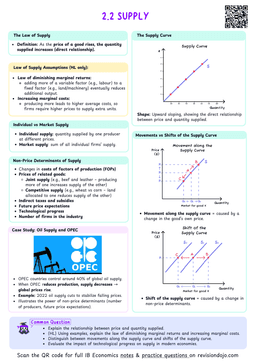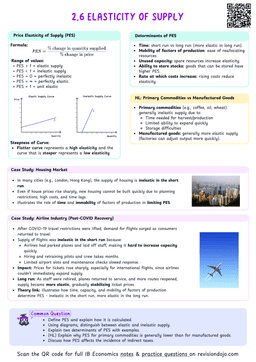While supply-side policies primarily aim to increase productive capacity, they also create significant effects on aggregate demand.
These effects vary between interventionist and market-based approaches.
NoteSupply-side policies often have both long-term supply effects and immediate demand effects.
Effects of Interventionist Policies
- Government spending on education directly increases aggregate demand (as it is one of the factors of AD).
- Healthcare infrastructure investment stimulates construction sector demand.
- Research funding creates immediate employment in research sectors.
- Infrastructure projects boost demand for construction materials and labour.
- Industrial support programs increase business spending and investment.
With respect to point 3 and 4, this increases the number of households who have a higher disposable income, leading to increase in consumption and aggregate demand.
ExampleWhen a government builds new transport infrastructure, it immediately creates jobs and increases demand for construction materials, while also building long-term productive capacity.


